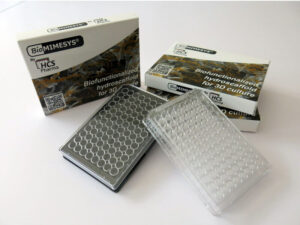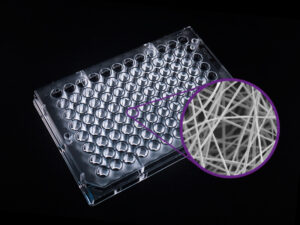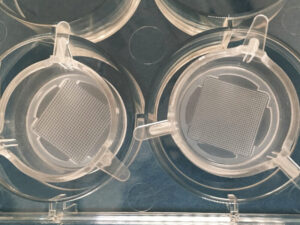Why 3D Cell Culture?
Cell culture is an essential function for drug discovery, stem cell research, and cancer research. Currently, most cells are cultured in 2D where cells are grown as a single monolayer, but we know that cells grow in 3D in vivo. Therefore, studies in gene expression, apoptosis, and importantly, drug uptake and toxicity conducted with cells cultured in 2D often aren’t transferable to in vivo experiments. A 3D in vitro cell culture model can bridge this gap between 2D cell culture and animal models.
There are several types of 3D cell culture models on the market, most of which are grouped as “Scaffold-Based” and “Scaffold-Free”. Scaffold-Based 3D cell cultures can mimic a cell’s natural environment, providing a vessel for cells to anchor or migrate, communicate with one another, differentiate, and proliferate. Scaffold-Free 3D cell cultures mainly use low adhesion plates and produce spheroid cells by force. Moreover, depending on its technology, they can facilitate the mass production of homogenous spheroid cells and further culturing and co-culturing within its matrix. Each model has its own advantages and characteristics, and a single model won’t work for everyone. Iwai North America has collected several models, some of which are customizable to meet researchers’ needs.
3D Cell Culture Products
BIOMIMESYS® is a new generation of mimetic hydroscaffold for 3D cell culture
Cellevate 3D Nanomatrix is the next generation cell culture system. It is highly porous, and its patented manufacturing process enables a consistent network of nanofibers
TASCL (Tapered Stencil for Cluster Culture) is an innovative 3D culture device developed to easily and efficiently create homogenous multicellular 3D spheroids or embryoid bodies (EB)
FOR RESEARCH USE ONLY, NOT FOR USE IN DIAGNOSTIC PROCEDURES


